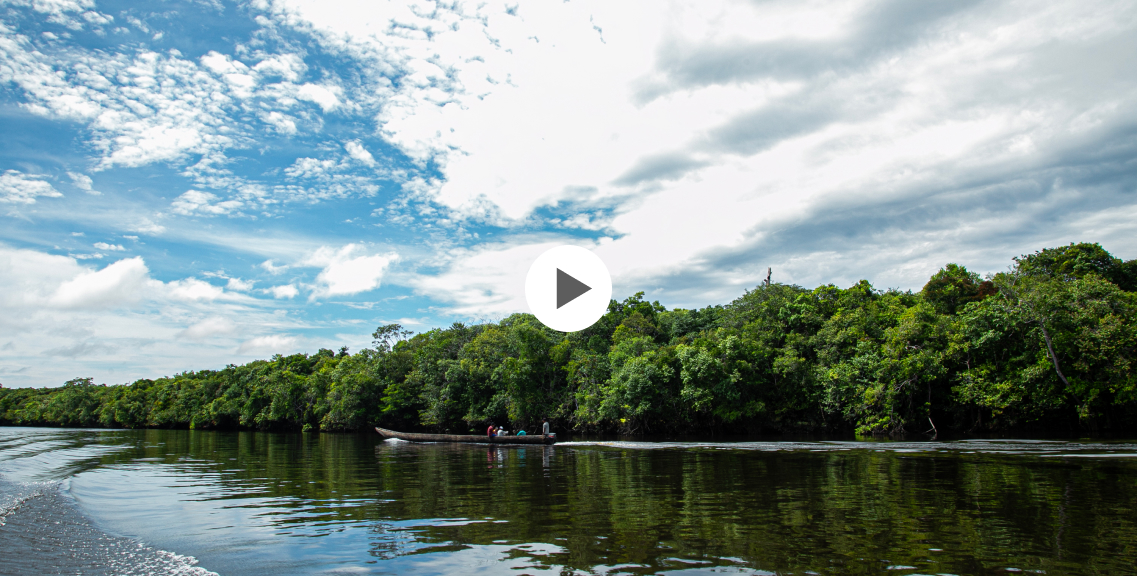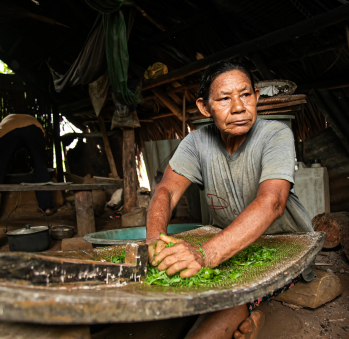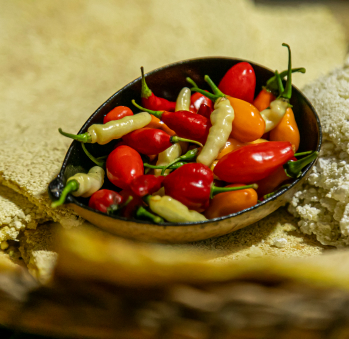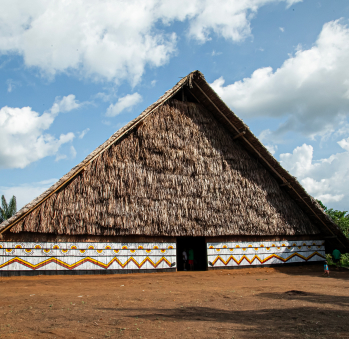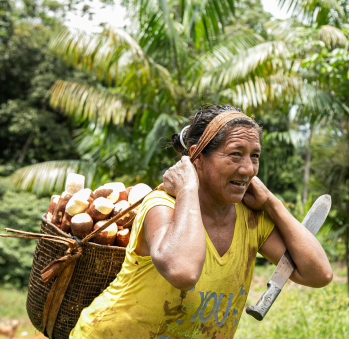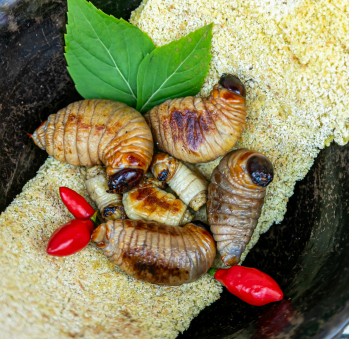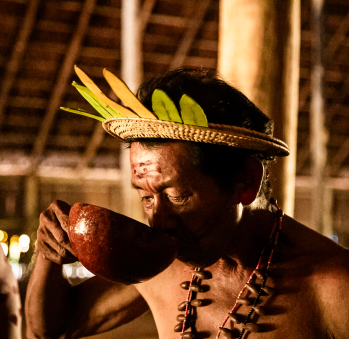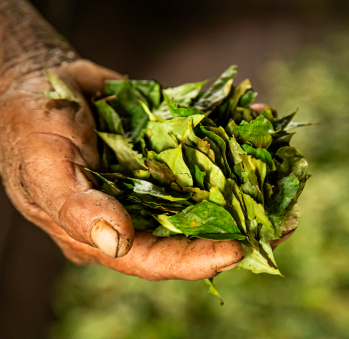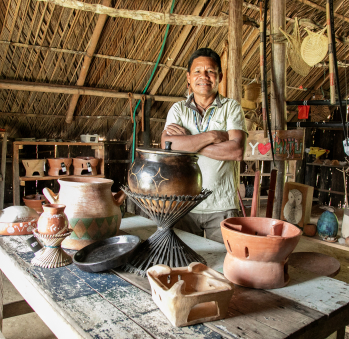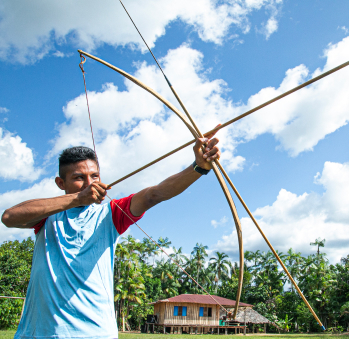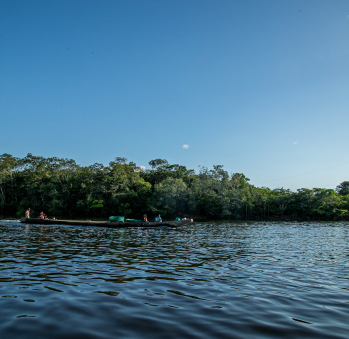Vaupés Route
In Vaupés, a department of jungles, rivers, and vast landscapes, the land is inhabited by invisible beings—spirits that safeguard the territory and advise humans on how to treat it. The beliefs of those who have lived in this extensive territory for centuries, the members of the 27 ethnic groups living in Vaupés, manifest in the daily actions they undertake. Cultivating the land, gathering its fruits, traversing its waters and hills, and collecting the clay from its soils—all these activities require acute communication and understanding with the spirits of nature. The profound knowledge of its inhabitants about their environment and the respect they express maintain the balance between the visible and invisible worlds.
One of the manifestations of the plurality of knowledge among its inhabitants, knowledge resting in their hands and hearts, is revealed in the creations of their artisans. That’s why we encourage you to meet three members from different clans of the Cubeo ethnicity and witness how each craft merges the earth from which its raw material sprouts, the traditions of its creators, and the love each artisan holds for their craft.
In addition to its warm climate, Vaupés is rich in another kind of warmth—the spiciness of its native chilies. Only here can you enjoy the heat while trying one of the traditional dishes of this region, the quiñapira, a soup made with fish from its rivers and unique chilies. You can taste this and other typical dishes at Puerto Golondrina, in the Ceima Cachivera reserve, or at the Baribó restaurant, where the flavors of Vaupés and its fascinating ingredients intertwine.
Keep in mind that in Vaupés, the dry season runs from August to October and from December to mid-February. We recommend going in the dry season if you want to enjoy the river beaches that emerge during this time. You can visit Witoteku pescado Urania beach in front of the mouth of Caño Cuduyari, the ENOSIMAR beach, or Isla del Amor, or bathe in Caño Sangre, 3 kilometers from Mitú, where the crystalline water appears red due to the color of the stones on its bed. Also, visit Tronco Yaje, a tepuy from which you can appreciate the immensity of the jungle and spot its striking birds.
Embark on a journey full of history
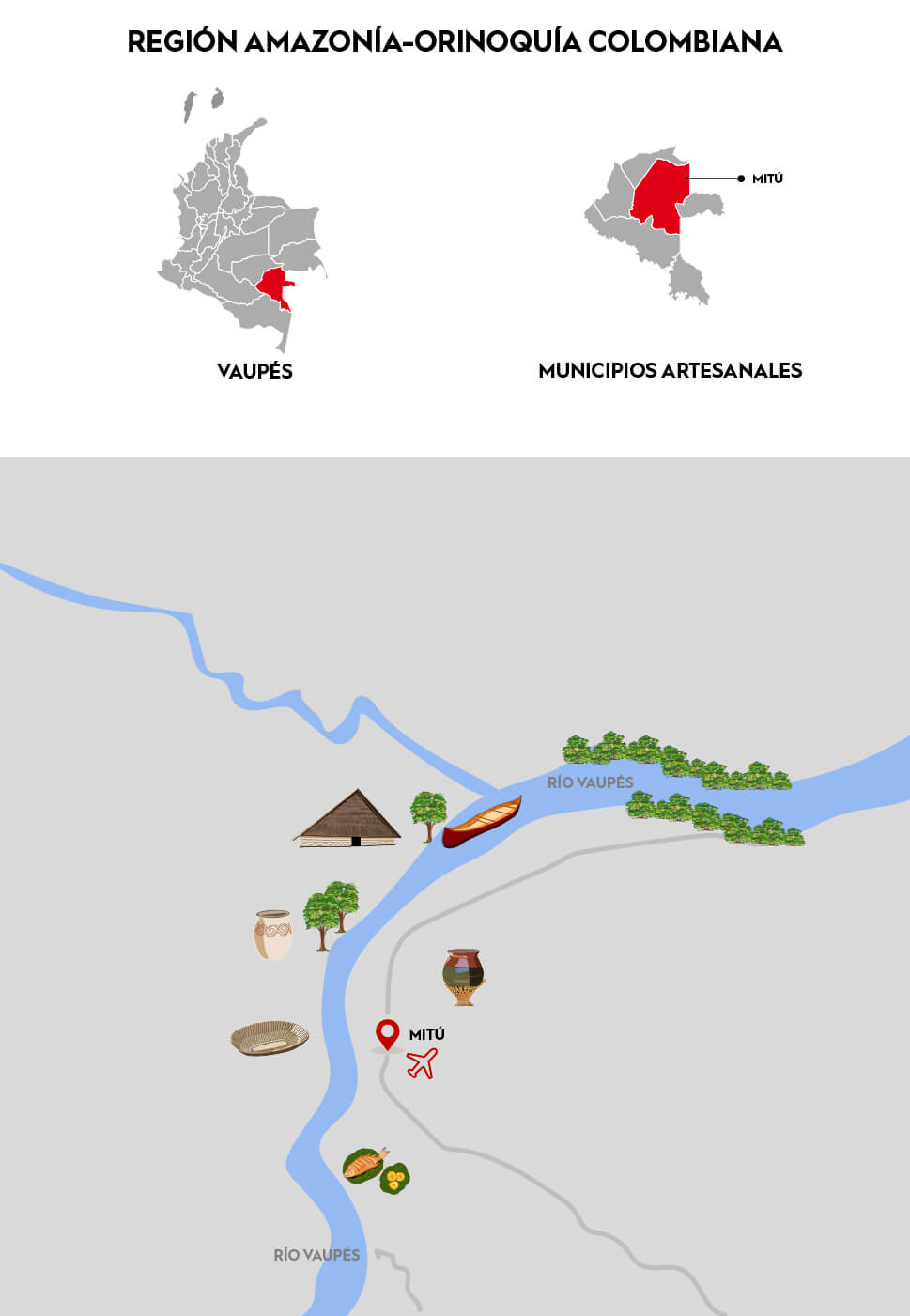
Artisans along the way
Artisans along the way
We recommended this tour
3 days
Medium
Boat
Schedule the visit in advance with the artisans.
Carry cash
To go to Puerto Golondrina, take into account the season: in winter it takes half an hour by river directly to the community. In summer you do not reach the community directly, you have to walk 40 minutes
Summer season November to March
Winter season April to October
The boat to Puerto Golondrina leaves from Puerto Burro
Long walks
Humid climate
Carry hydration
Wear rubber boots
Wear long sleeve shirts and long pants
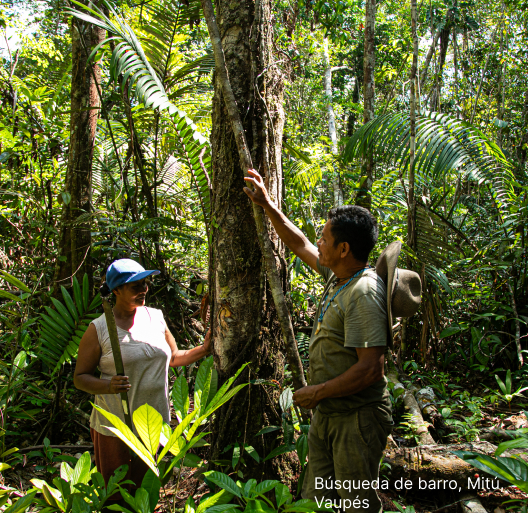
Puerto Golondrina
Crossing the Vaupés River and entering through the mouth of Caño Cuduyari, north of Mitú (10 minutes by boat and 35 minutes by road from the Santa Marta community), you’ll find Puerto Golondrina, a Cubeo indigenous reserve. Here, besides learning about pottery from artisan Luz Mary Martínez Gutiérrez, you’ll be welcomed by the members of the reserve to learn about their culture and traditional cuisines. On your way back, head towards the other side of the Vaupés river to Rodrigo López Ortiz’s house, approximately an hour from Puerto Golondrina, along the same bank. With this potter, you can explore the secrets of blue clay, a magical material native to Vaupés. Return to Mitú to rest or arrange your lodging with Rodrigo.
Mitú
On the second day, without leaving Mitú, visit Leticia López Ferreira, an artisan of the Cubeo ethnicity—a weaver who has spent a lifetime practicing her mother’s teachings on cumare weaving. After meeting the experienced Leticia, have lunch at BaAribo, a restaurant focused on traditional Vaupés preparations where you can taste local delights like the Murupí chili, seasonal wild fruits, and mojojoy worms.
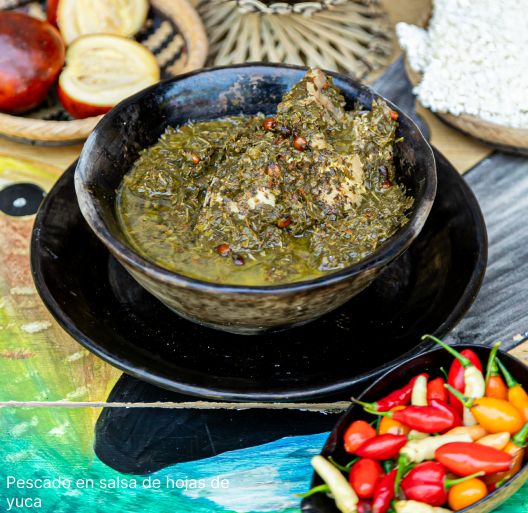
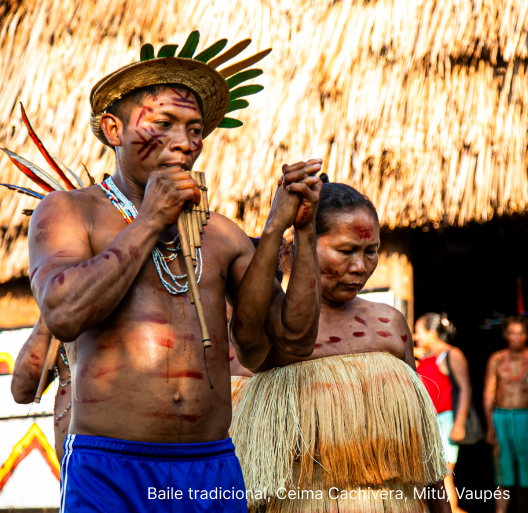
Ceima Cachivera y Cerro Flecha
Six kilometers from Mitú lies the Ceima Cachivera Community, a living example of coexistence among ethnicities, where you can closely experience their cultures and customs in the grand maloca Ipanore. Nearby is the ancestral Tronco Yaje or Cerro Flecha, a tepuy from which you’ll have an unparalleled panoramic view of the landscape you’re immersed in. You can spend the night in Ceima Cachivera and continue learning about local life or return to Mitú to bid farewell to Vaupés, hopefully eager to return.
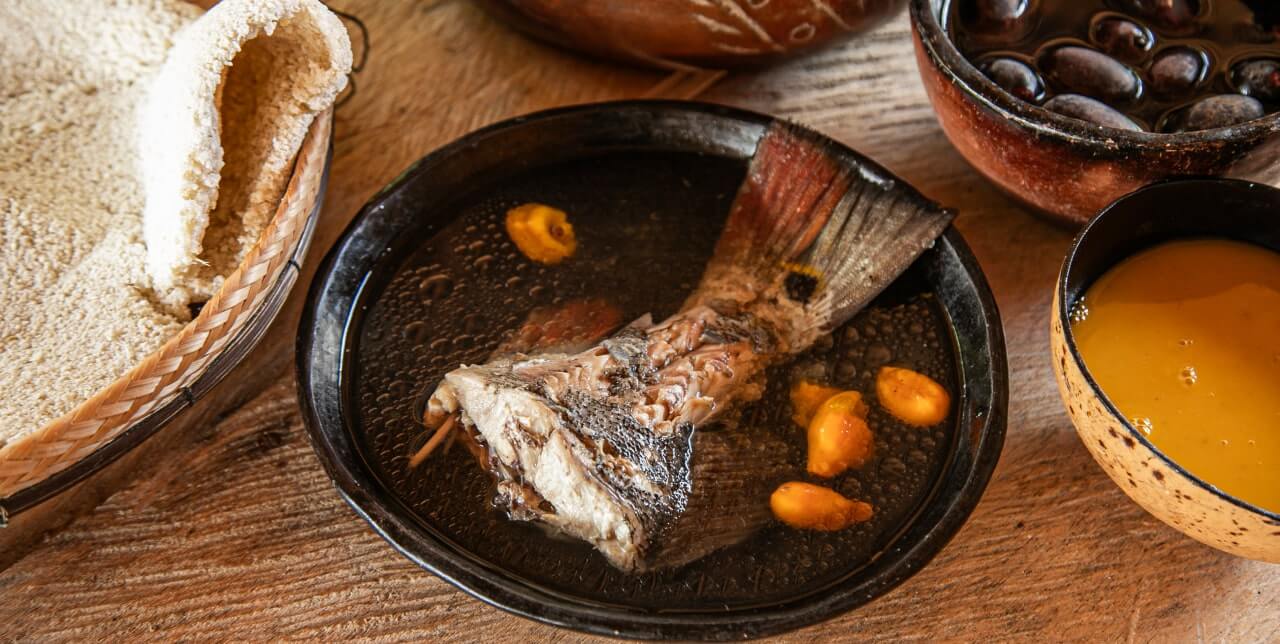
Traditional cuisine
and typical bites
Provoke yourself

Don't leave without eating this 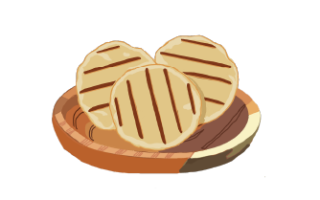
El plato del quiñapirá es una de las expresiones culinarias más representativas de la región del Vaupés. Se trata de una sopa espesa de pescado, que se prepara con ingredientes locales como la yuca, el plátano, el ají y las hierbas aromáticas. El quiñapirá se consume en ocasiones especiales, como las fiestas tradicionales, los rituales sagrados o las reuniones familiares. Es un plato que simboliza la identidad cultural, la biodiversidad y la sabiduría ancestral de los pueblos indígenas que habitan esta zona del país. Su receta se transmite de generación en generación y se adapta a los recursos disponibles y a los gustos de cada comunidad. Es una forma de preservar y valorar el patrimonio gastronómico del Vaupés, y de compartirlo con el resto del mundo.
To lunch we go 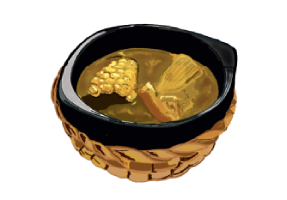
El pescado moqueado, un pescado ahumado con leña de palma que se conserva por mucho tiempo es una delicia que debes probar. Se come con arroz, plátano o yuca. También está el chive de patavá que es una sopa de pescado con plátano verde, yuca, cebolla, ajo, cilantro y leche de coco. Se condimenta con sal y ají. La quiñapira de flor de pupuña debe comerse en la temporada de inflorescencia de la palma de pupuña. La flor reventada cae al suelo en las noches, así que justo debajo de la palma se deja un canasto para recolectar sus semillas, que se muelen o se pilan, para luego cocinarlas en la quiñapira con acompañamiento de pescado fresco.
Y finalmente un protagonista de la selva, el mojojoy, una larva comestible que se encuentra en el interior de las palmas. Se puede comer cruda, asada, frita o cocida. Tiene un sabor parecido al maní y es rica en proteínas.
Flavors to discover and snack on 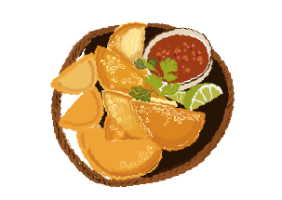
El tucupí es una salsa espesa y negra que antiguamente se usaba como sustituto de la sal. Proviene del jugo de la yuca (manicuera) y se deja reposar de un día para otro, luego se le cocina y se le echa ají, y se consume acompañando el pescado y con casabe.
Existen otras comidas complementarias como los gusanos tapurú, hormigas manivara y hormigas culonas y frutas como el juansoco y el mirití, entre otras.
Finalmente, se tiene que, dependiendo de la cosecha de frutos comestibles, se aprovechan y se consumen transformados en jugos, manicueras, o directamente. Y cuando existe abundancia de cosechas se celebra el Dabucurí o intercambio tradicional de frutas.
To sweeten the palate and unmissable drinks 
Prueba el casabe de umarí. Éste es un fruto domesticado que se siembra en el solar o huerto casero, e incluso se encuentra en los rastrojos. Hay varias formas de consumirlo, una es cuando el fruto está maduro, se come la carnosidad o pulpa externa, con casabe. Otra, es cuando la fruta se recolecta en cantidad y se deja en remojo por varios días; cuando ya se ha remojado lo suficiente, se saca la semilla ya blanda y se rompe el fruto a través de un matafrío o sebucán para exprimir el líquido. Cuando la masa está seca, se le agrega un poco de almidón de yuca y se hace una torta que se coloca en el tiesto o budare. No olvides poner en la base del tiesto una hoja de platanillo para que no se pegue la torta.
Si quieres probar estos y otros platos deliciosos de Vaupés, puedes visitar algunos de los restaurantes que ofrecen comida típica de la región como Ceima Cachivera, Maloka San Victorino, Beiju Fusión Amazónica, Hacienda y Estadero El Encanto, Pataclaun y el Restaurante Temático Ba’Aribo.
Entre las bebidas más importantes se encuentran la chicha y el guarapo, que son fermentados a base de maíz, yuca o frutas. Estas bebidas se consumen en las fiestas y rituales indígenas, así como en el día a día de los habitantes del departamento. Otra bebida típica es el masato, que se prepara con arroz y panela. El masato se suele acompañar con el pan de arroz, un alimento tradicional de los pueblos tucano. Las bebidas del Vaupés reflejan la riqueza de sus recursos naturales y la sabiduría transmitida de generación en generación de sus comunidades.
El pilao de cerrillo es una bebida espesa y dulce que se hace con maíz pilado, panela, canela y clavos de olor. Se toma caliente o fría y se acompaña con queso o galletas.
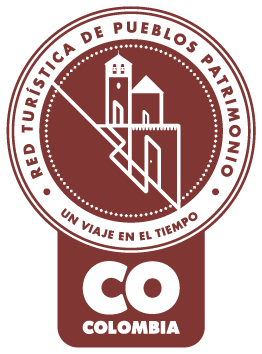
Pueblo Patrimonio
La Red Turística de Pueblos Patrimonio de Colombia es un programa especial del Ministerio de Comercio, Industria y Turismo, ejecutado por FONTUR, que trabaja con 17 municipios de Colombia que poseen declaratoria de Bien de Interés Cultural (BIC) a nivel nacional para su valoración y proyección mediante el turismo, generando así más oportunidades de desarrollo y sostenibilidad en las comunidades.

La Medalla a la Maestría Artesanal es un galardón que Artesanías de Colombia entrega anualmente, con el cual se hace un reconocimiento a aquellos artesanos, empresas y comunidades artesanales que, contando con una trayectoria destacada, sobresalen a nivel nacional por su excelencia en el oficio así como por preservar el quehacer artesanal.

Denominación de Origen
Es un signo distintivo que identifica productos reconocidos o famosos por tener una calidad o características específicas derivadas esencialmente del lugar de origen y la forma tradicional de extracción, elaboración y producción por parte de sus habitantes. La protección conferida sobre una Denominación de Origen implica que ninguna persona puede identificar con la denominación protegida productos iguales o similares a los amparados, cuando no provengan del verdadero lugar y no cumplan con las características o calidades que le han dado la reputación al producto reconocido. Las Denominaciones de Origen para productos artesanales colombianos que han sido protegidas por la Superintendencia de Industria y Comercio en nuestro país son actualmente 12.
No puede copiar contenido de esta página








































